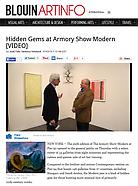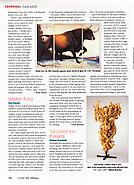“[You] might say that I came under the spell of repetition and aggregation. My nets grew beyond myself and beyond the canvases I was covering with them. They began to cover the walls, the ceiling, and finally the whole universe. I was always standing at the centre of the obsession, over the passionate accretion and repetition inside of me.”[i]
Known for her large-scale installations comprising an array of endlessly repeating dots, nets, and various natural forms, Yayoi Kusama (b.1929) has established a place for herself both within and beyond the dominant movements of the 20th and 21st centuries. The artist was born in Matsumoto City, Japan, into a conservative, bourgeois family. In early adolescence she began to experience hallucinatory illusions of patterned veils that eclipsed her entire field of vision—the first manifestation of the mental illness that would afflict her for the rest of her life. Ultimately Kusama decided to translate these hallucinations into reality, propelled by the compulsive and manic energies that often accompanied them, harnessing her art as both a creative force and means to coping with her neurodivergent psyche. After training in the Nihonga style of painting, which combines traditional Japanese painting techniques with a naturalism rooted in European naturalism, Kusama departed for the United States in late 1957.
Upon her arrival to New York in 1958, where she hoped to secure a dealer, she set to work transcribing the motifs she had developed on paper to a series of oil on canvas works that would become known as her first mature paintings. A mere eighteen months after her immigration to the US, Kusama was awarded her first solo exhibition at Brata Gallery—an East Village artist’s co-operative focused on the legacy of Abstract Expressionism. This early success was portentous of the decade to come, as the artist became increasingly embedded in the avant-garde scene, garnering the attention of eminent critics—including a young Donald Judd—and exhibiting widely at a variety of venues. Her first total-environment installation was presented at Castellane Gallery in 1964 and two years later she was invited to participate in the Venice Biennale. Immersed in the highly experimental milieu of performers and activists populating downtown New York, Kusama also staged a series of actions and happenings, all of which incorporated the repetitive, allover patterns pervasive in her painting and installation works.
While her performances, paintings, and installations earned consistent media and critical attention throughout the 1960s, the early 1970s witnessed an abrupt attenuation of press, a circumstance that ultimately led Kusama to return to Tokyo in 1973. Her primary interest shifted toward her fiction writing practice, ceramics, and a series mixed media works on paper conceived as an elegy to her close friend Joseph Cornell, whose death in 1972 deeply affected her. After undergoing hospitalization for her mental illness several times between 1975 and 1977, she opted to make the Siewa Hospital in the Shinjuku neighborhood of Tokyo her permanent home while maintaining a studio space nearby. Kusama returned to painting and sculpture in the 1980s, embracing acrylic as her preferred medium and expanding on the various repetitive, accumulation-based motifs that had defined her early work.
[i] Yayoi Kusama, “Interview with Gordon Brown (extract) 1964,” Yayoi Kusama (New York, NY: Phaidon Press, Inc., 2000), 103.


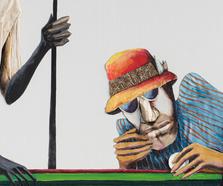
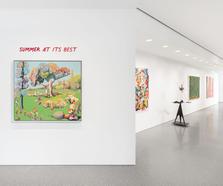



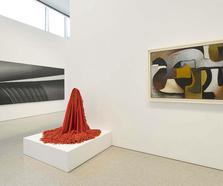
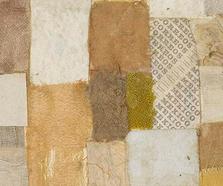
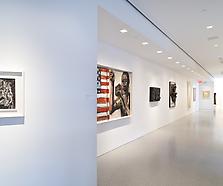
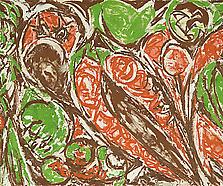
![[un]common threads](/www_michaelrosenfeldart_com/uncommon_threads_install_34.jpg)
